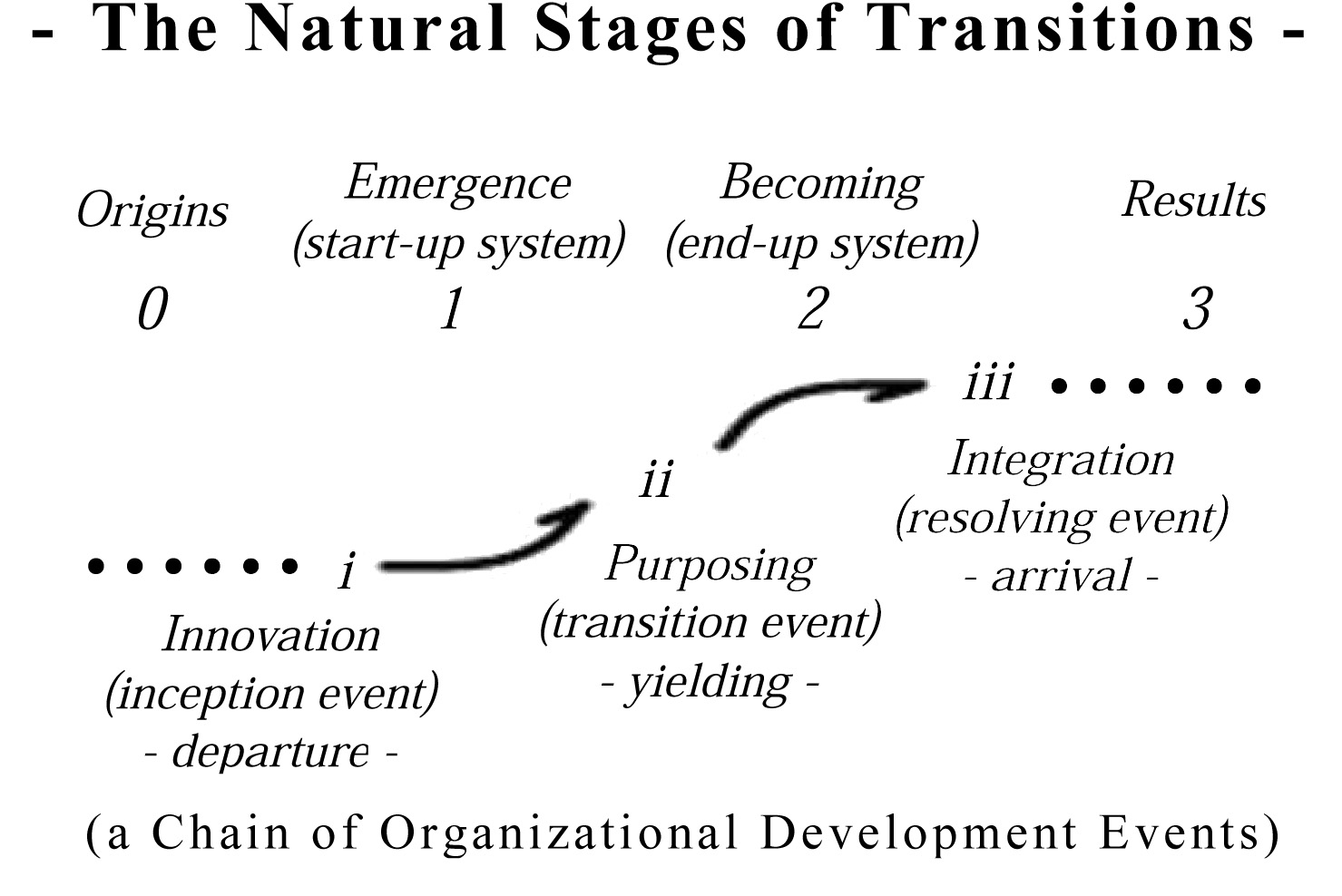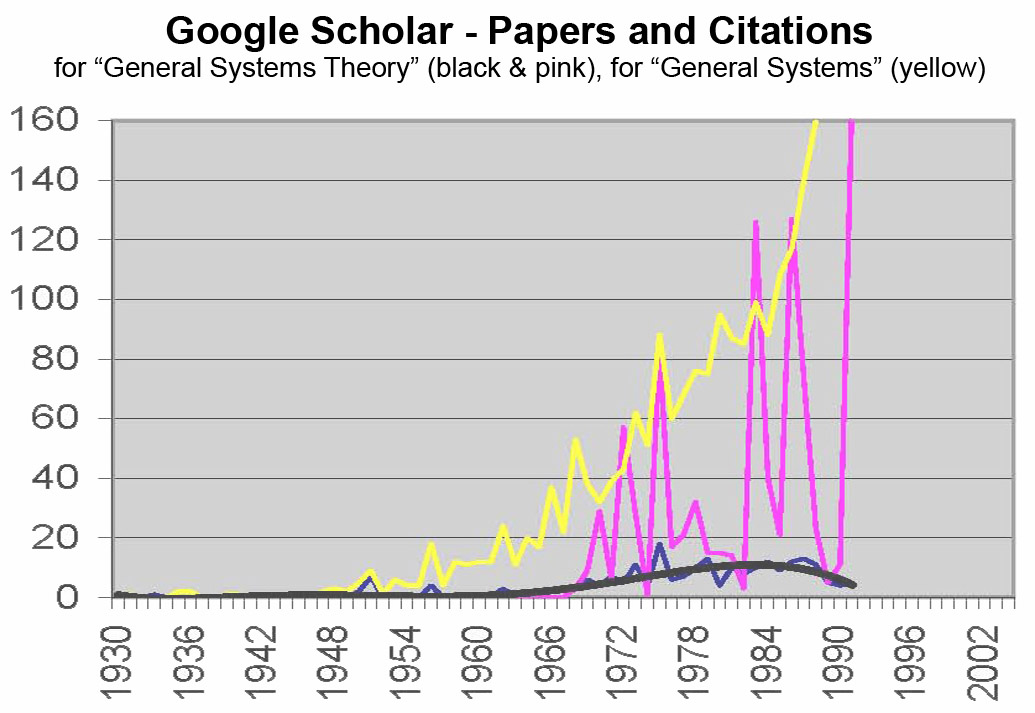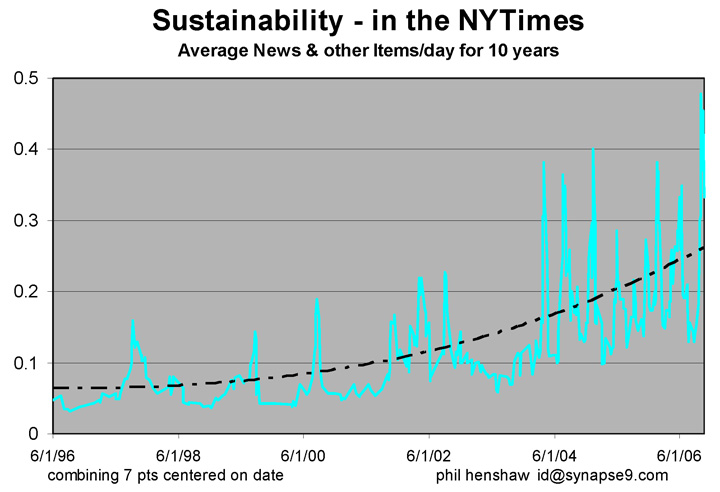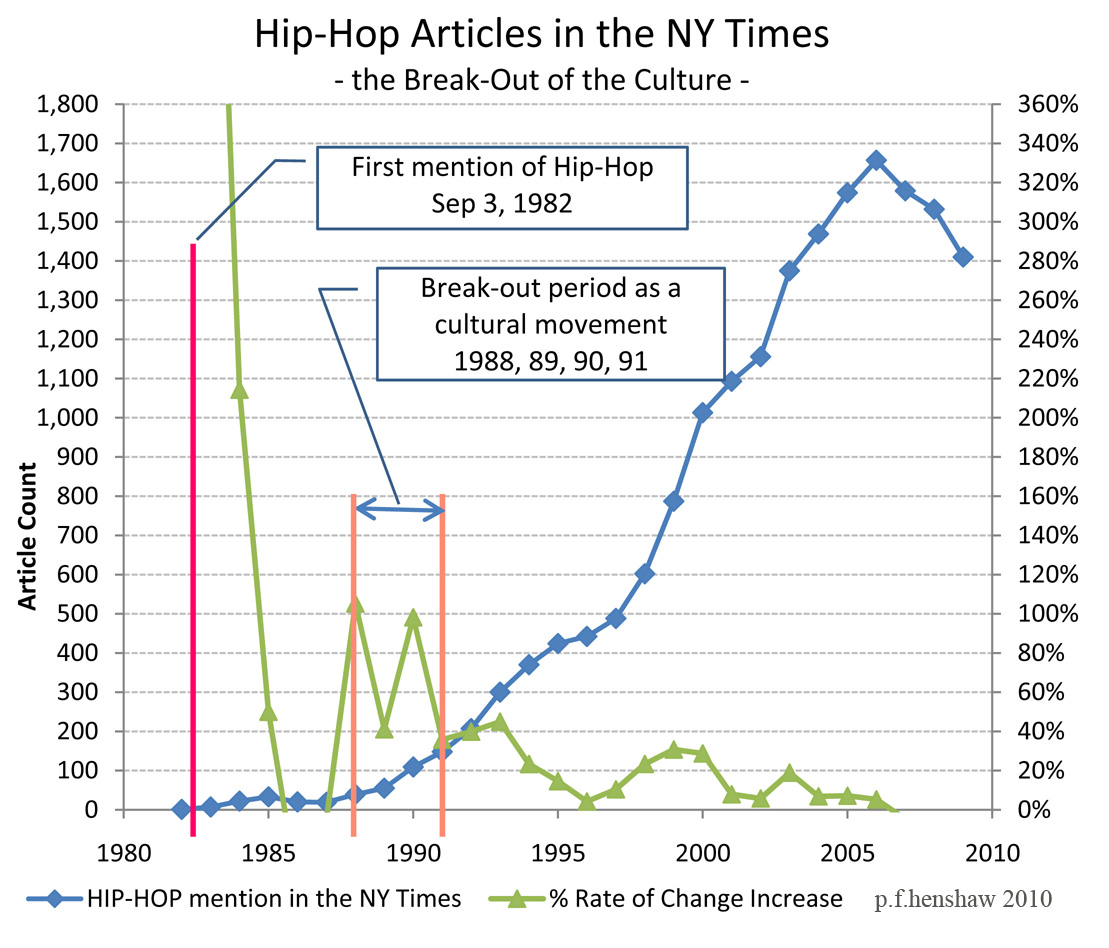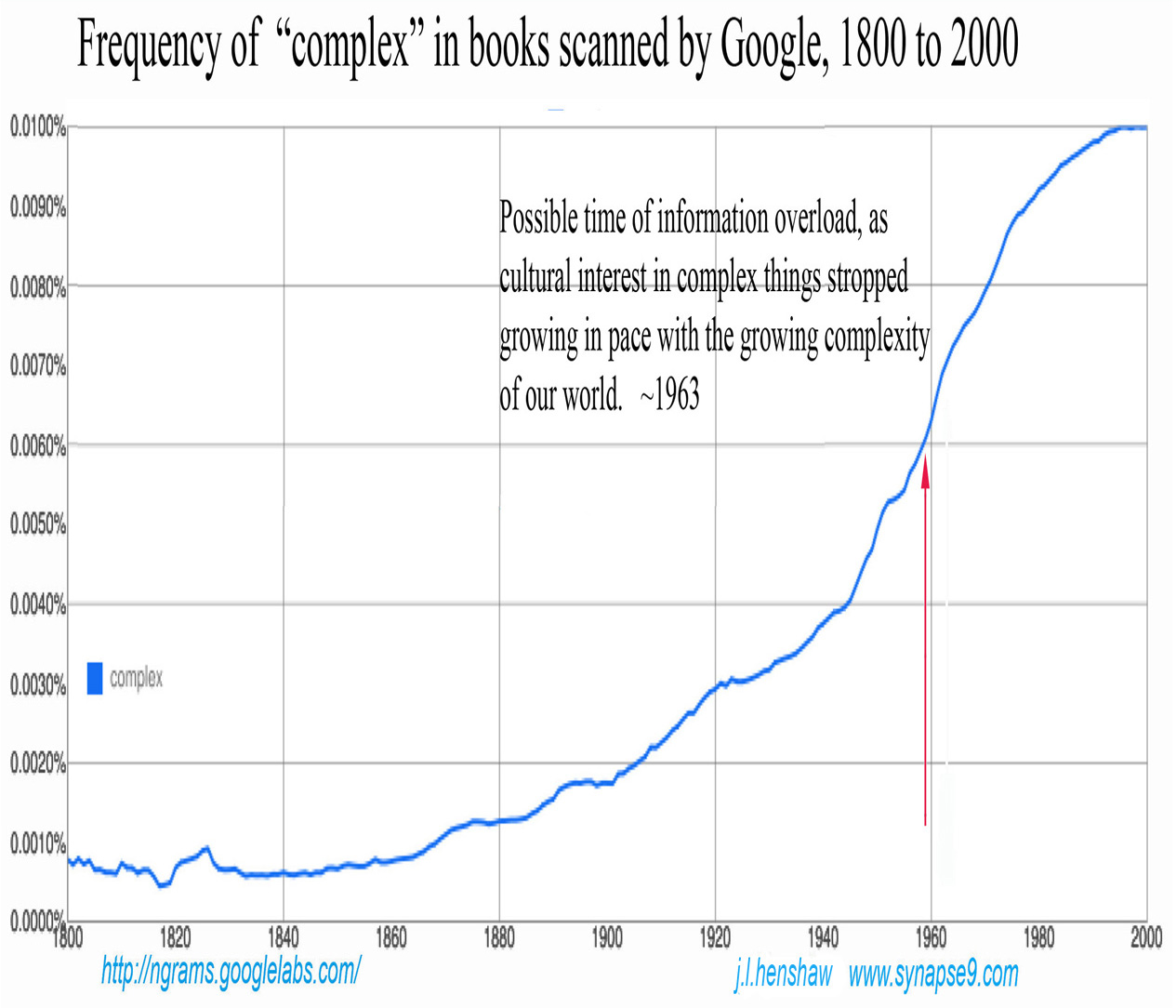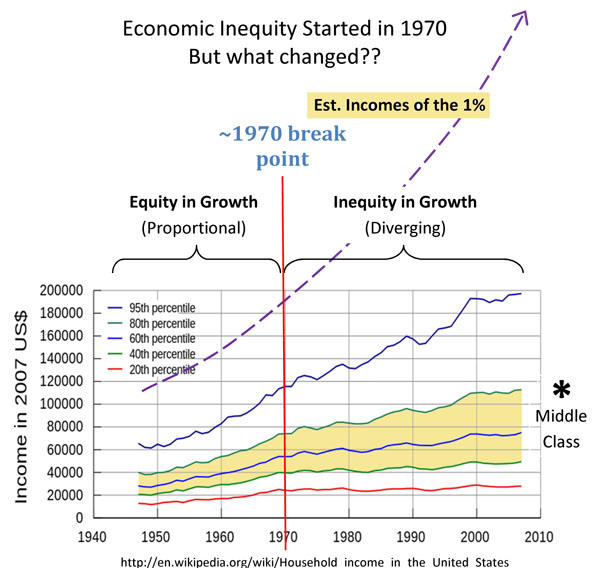We Need Business to Honor Its Fiduciary Duties
Just Talking and Writing About it Would Put it on the Agenda!

– Wikipedia/fiduciary
“In such a relation good conscience requires one to act at all times for the sole benefit and interests of another, with loyalty to those interests.“
“A fiduciary is someone who has undertaken to act for and on behalf of another in a particular matter in circumstances which give rise to a relationship of trust and confidence.[1]”
“A fiduciary duty[2] is the highest standard of care at either equity or law.”
– The wide implications relations based on fiduciary trust – JLH
- Professionals making decisions for others have a duty to act in the client’s best interests, to the best of the fiduciary’s ability, as the basis of trusting the fiduciary’s services.
- The law doesn’t limit “best interests” of others to short term financial gain, leaving open all other interests everyone has a right to, such as not being misled, living sustainably, respecting due process and receiving justice.
- What has changed in the modern world is that we face more threats and know more about them, so now we can hold our professionals responsible, demanding our universal human interests be respected as their fiduciary duty.
- Putting this on the human rights agenda would only take talking and writing about it.
– Current Law: The Fiduciary Duty for investors[i]
“Whenever you are dealing with someone to whom you will entrust your money, such as a registered investment adviser or a bank trust department, it is nice to know that, in the United States, they owe you what is known as a fiduciary duty. This is not to be taken lightly because, under the American legal system, a fiduciary duty is the highest duty owed to another person. It requires the fiduciary (the person with the obligation) to put the interest of the principal (the person to whom they owe the fiduciary duty) above their own.”
“This requirement to act in their best interest includes disclosing any conflicts of interest that may arise so they can be known ahead of time, leveling the playing field. Breaching the fiduciary duty can result in draconian punishments, including being barred from employment in certain fields, being banned from working with certain types of securities, being forced to pay significant civil and criminal penalties, the loss of employment, and, in some cases, felony conviction with accompanying jail time. To put it bluntly, the fiduciary duty has teeth.” [see source for rest of article]
– What is “Fiduciary Duty”,… “Business Duty”[ii]
“A “fiduciary duty” is required of a person who manages money, investments, or other property on behalf of another person. When the situation involves a board of directors managing a corporation, the fiduciary duty the board has to the corporation’s shareholders and investors is known as a “business duty.” A person who has a fiduciary or business duty is known as a “fiduciary.”
“A fiduciary duty requires more than the ordinary reasonable care that appears in most personal injury and tort cases. Fiduciary duties are generally split into two categories: the duty of loyalty and the duty of care. In some cases, board members may also have a duty to disclose information. They also have a duty to avoid conflicts of interest.”
“The duty of loyalty requires the person who has it to handle money with the best interests of its owner in mind. The fiduciary must put the owner’s interests before his or her own and may not profit from managing the owner’s assets without the owner’s consent.”
“In a business situation, the duty of loyalty requires the board of directors to run the corporation in the best interests of the shareholders. Directors have a duty not to let their personal interests conflict with those of the corporation.” [see source for rest of article]
Note: there is no limit to what “best interests” a fiduciary needs to serve,
1. There’s only a limit on their ability to serve them, and
2. All “best interests” would require not being misleading
[i] Joshua Kennon 2016 “The Balance” Fiduciary Duty for Investors
[ii] Rottenstein Law Library 2017 What is Fiduciary Duty…

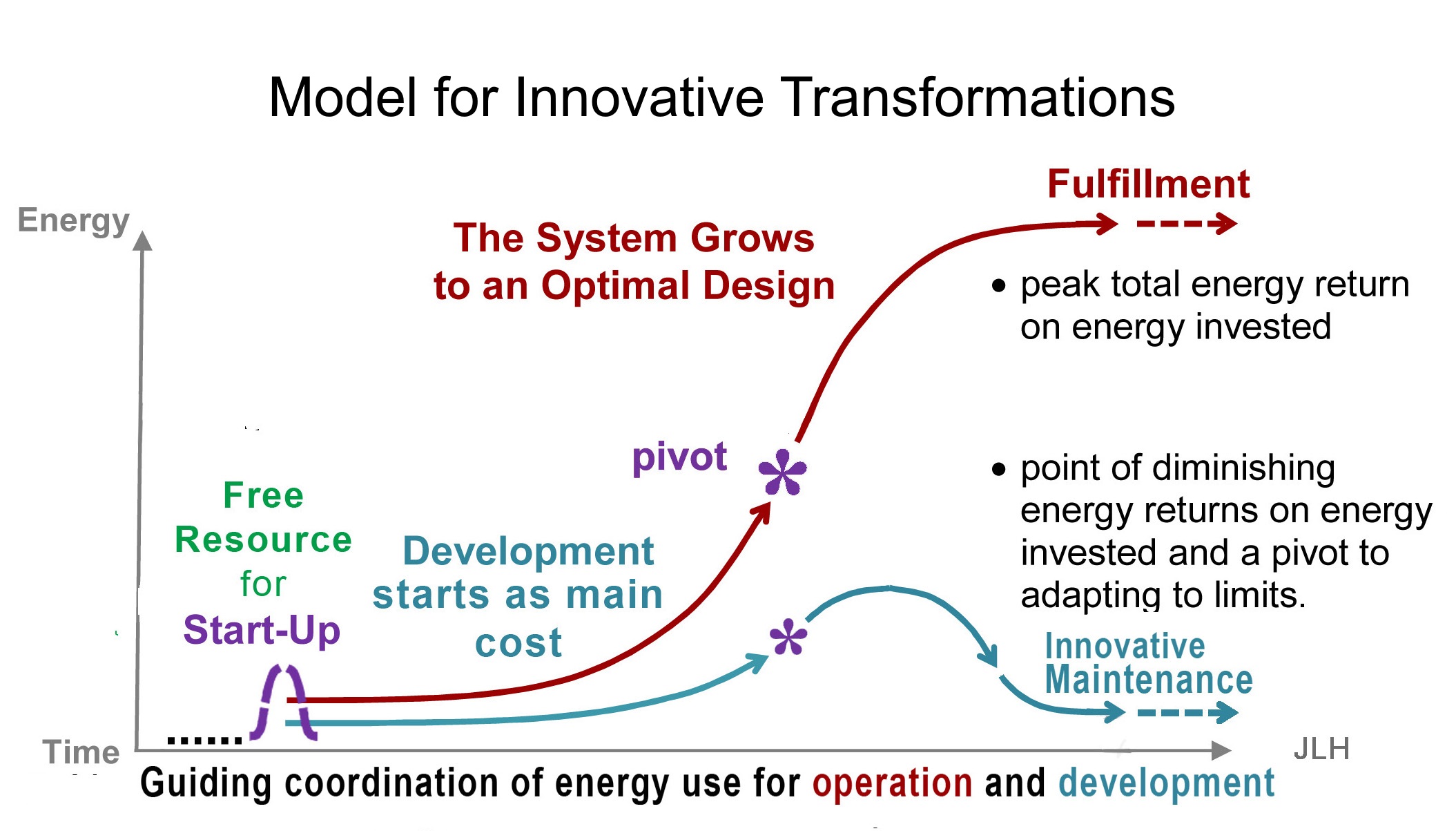
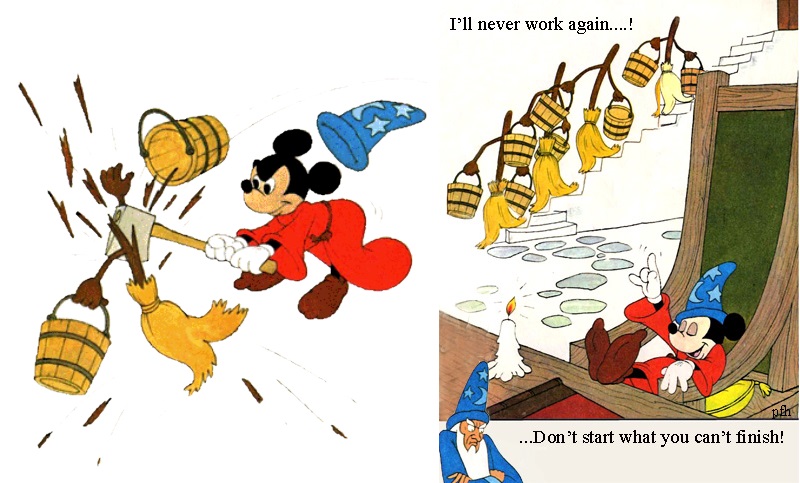
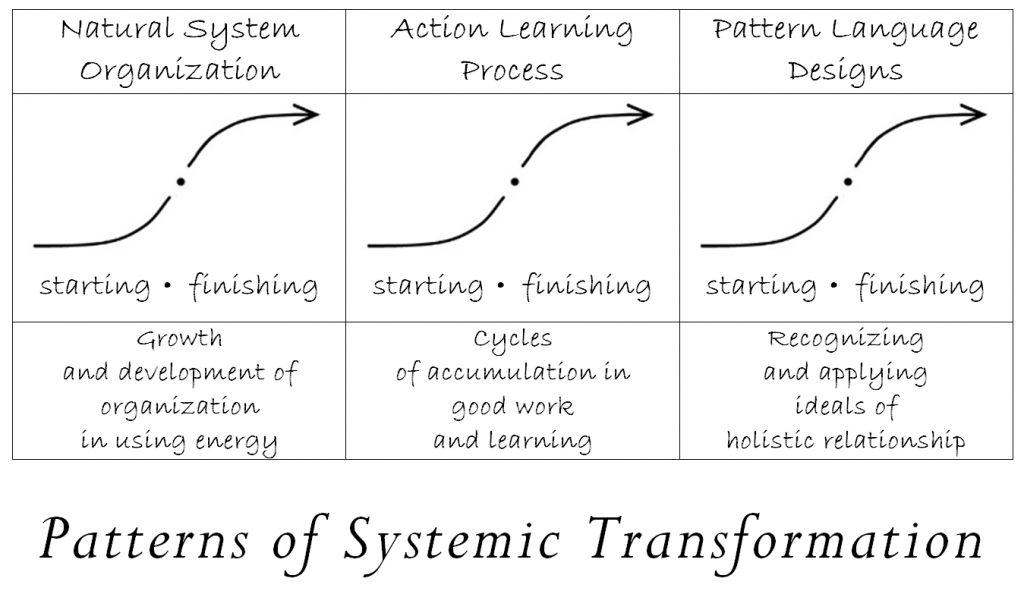
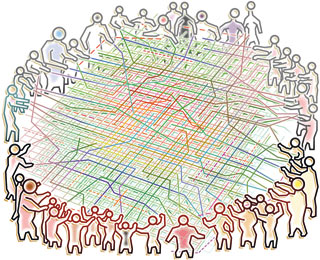
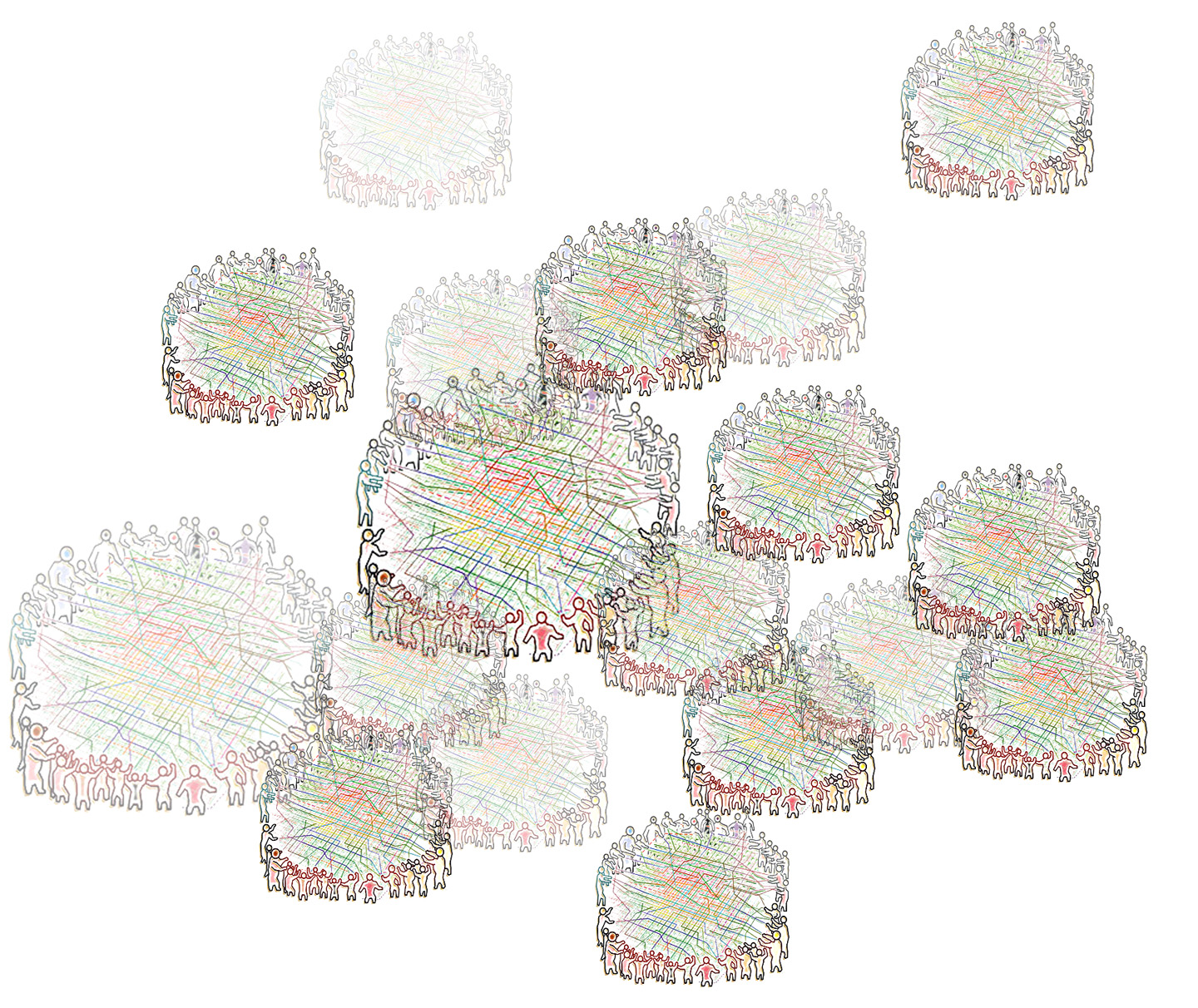
 Sometimes you watch the people, sometimes their flows. The flows are roles in larger scale systems of group motion, forming as people avoid interference, but can confine them till they find an opening too. Markets flows form paths and break from them as new paths are found, often flocking in chase of a wave of anticipation, or uncertainty moving leaderless floods. Those are puzzling, since there may be no news the contagious change in direction, but systemic change generally usually has a real cause. Flocks of birds appear to do it just for fun though.
Sometimes you watch the people, sometimes their flows. The flows are roles in larger scale systems of group motion, forming as people avoid interference, but can confine them till they find an opening too. Markets flows form paths and break from them as new paths are found, often flocking in chase of a wave of anticipation, or uncertainty moving leaderless floods. Those are puzzling, since there may be no news the contagious change in direction, but systemic change generally usually has a real cause. Flocks of birds appear to do it just for fun though. Both natural and human designed complex organizations have independent parts that create emergent properties by fitting multiple roles. Day and night, male and female, work and relaxation, pencil and paper, cup and liquid, all the amazing polarities that produce reliable results because of how they fit their multiple roles, quite unlike any set of fixed rules could ever do. The trick is only physical parts and their relationships can do that, and a pattern language those relationships provide a way to develop concepts for understanding the working parts.
Both natural and human designed complex organizations have independent parts that create emergent properties by fitting multiple roles. Day and night, male and female, work and relaxation, pencil and paper, cup and liquid, all the amazing polarities that produce reliable results because of how they fit their multiple roles, quite unlike any set of fixed rules could ever do. The trick is only physical parts and their relationships can do that, and a pattern language those relationships provide a way to develop concepts for understanding the working parts.




